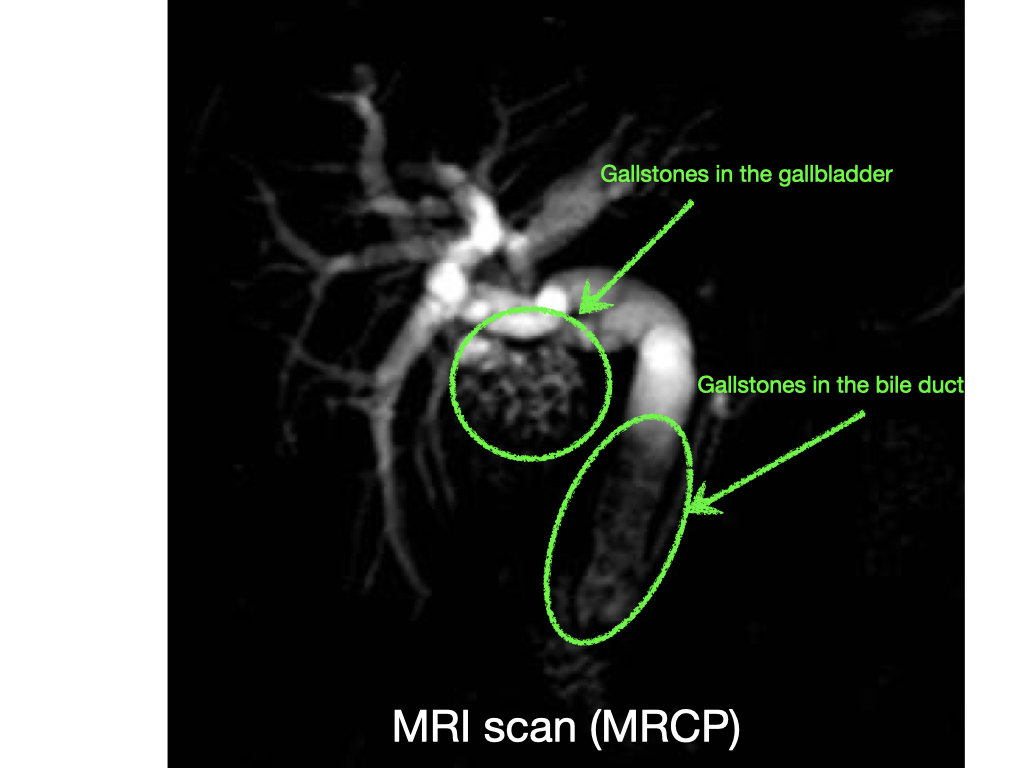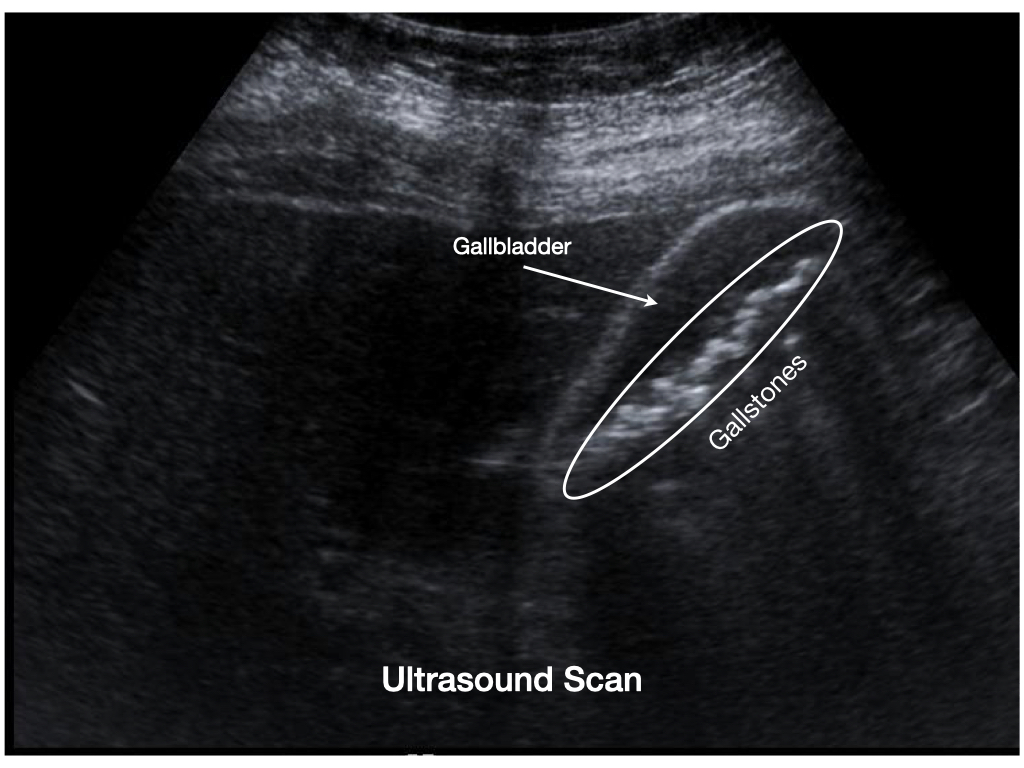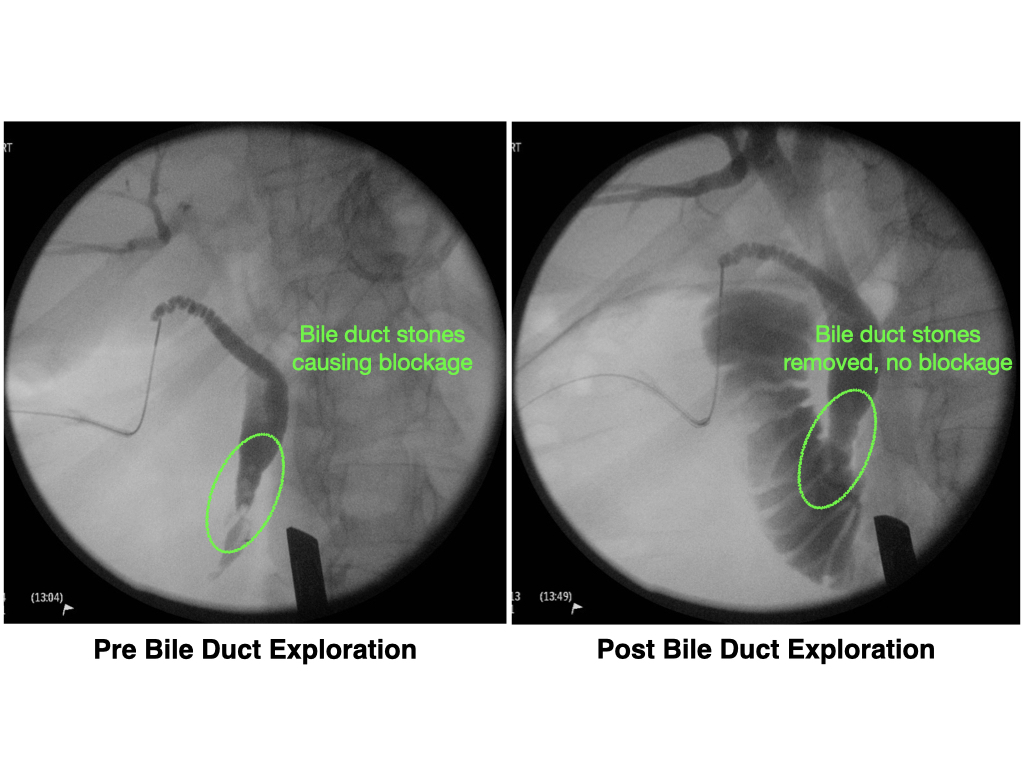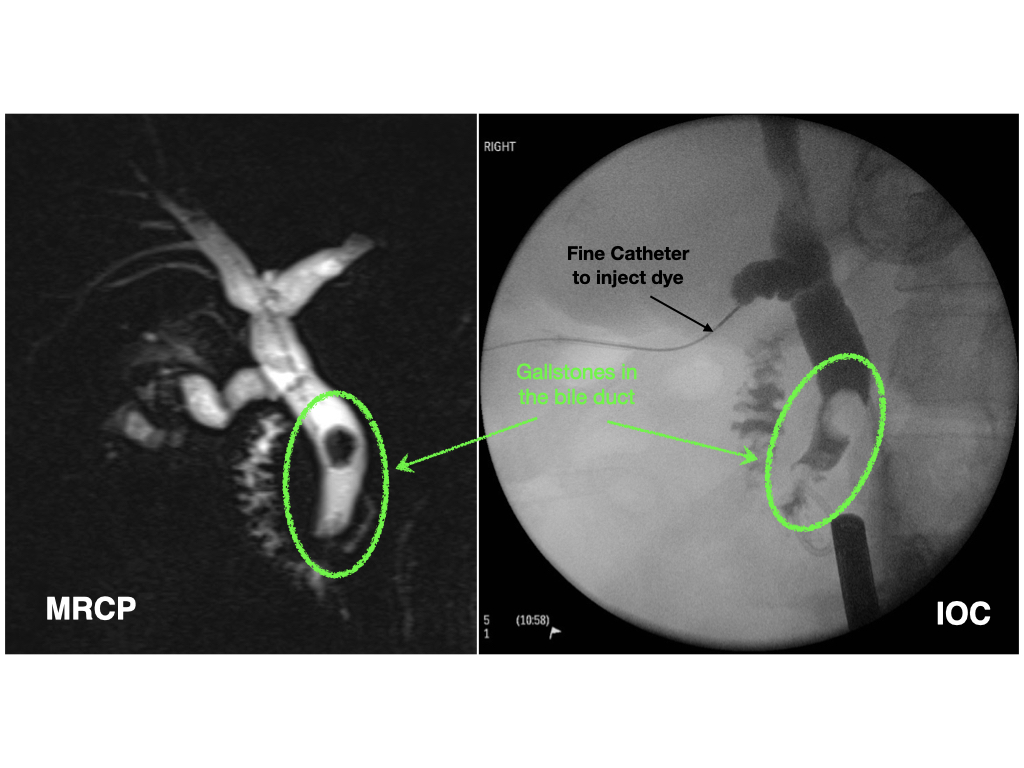Gallstones
Gallstones are formed in the gallbladder. They may be formed either from cholesterol or bile pigment or combination of both. They come in various shapes and sizes.
Does size and number matter?
While a single large stone can cause lot of problems, small stones can cause more severe problems as they are more likely to move into the bile duct. Some might have ‘gravel’ which is often described as ‘sludge’ on ultrasound scan reports, and some might have very small stones (microlithiasis) that are not visible on regular ultrasound scans and may need specialised scans to detect them.
What are the symptoms?
Gallstones may not be causing any symptoms and may be found by chance on a scan that was performed for an entirely different reason.
Gallstones can also give you a number of symptoms.
- Pain (biliary colic)
- Gallbladder infection (cholecystitis)
- Inflammation of the pancreas (pancreatitis)
- Jaundice with dark urine and pale stools (obstructive jaundice)
- Infection of the liver (cholangitis)
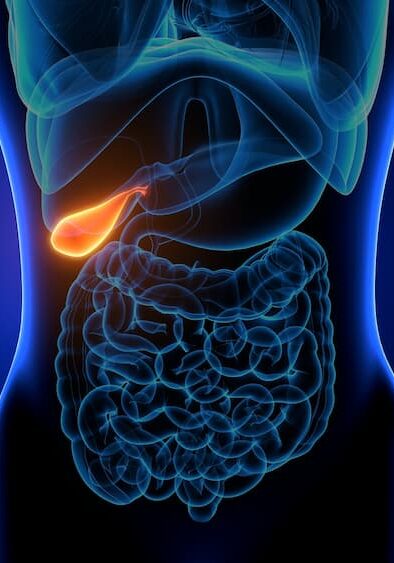

How are they formed?
Gallstones are formed when the gallbladder doesn’t work normally. Liver makes bile throughout the day, but the bile is required only when you eat to digest the food. Gallbladder stores bile between meals and squeezes it into the bowel when you eat and helps in digesting food, especially fatty food.
Incomplete emptying of bile leads to stasis of bile and crystallisation of the bile pigments and cholesterol, resulting in gallstones.

What investigations do I need?
All patients with symptoms suggestive of gallstones need an ultrasound scan. If a conventional ultrasound scan fails to show gallstones, but your symptoms are very suggestive of gallstones, you may need more advanced scans.
If there is any suggestion of gallstones slipping into the bile duct, some surgeons may request an MRI scan. In Mr Jayanthi’s practice, an x-ray of the bile ducts is performed at the time of the operation (Intra-operative Cholangiogram / IOC), which gives an accurate information and therefore an MRI scan is not required.
What is the treatment?
Gallstones that are not causing any symptoms don’t need any treatment. But if they start giving symptoms, an operation to remove the gallbladder is required.

Gastric Sleeve
A gastric sleeve surgery is a restrictive procedure where the size of your stomach is reduced therefore limiting the amount of food you can eat which will help towards weight loss.
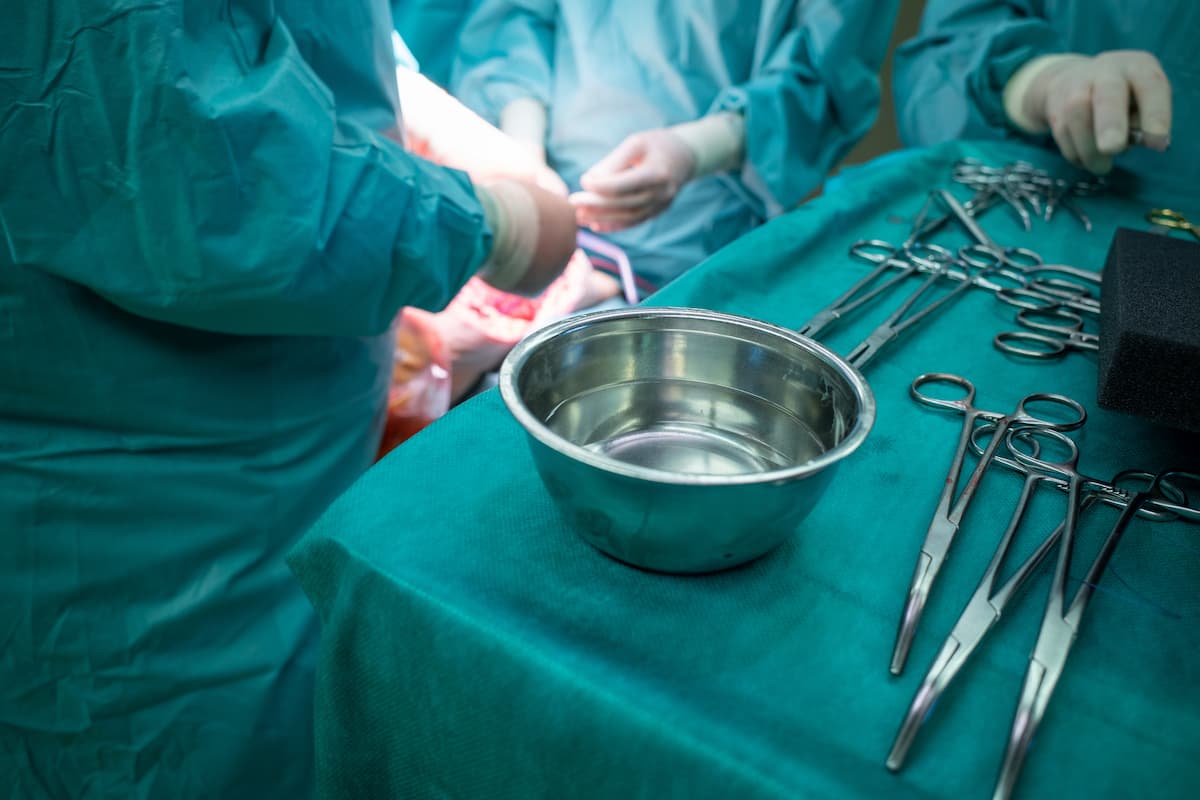
Gastric Band
A gastric band involves dividing your stomach into two by placing a silicone band around the stomach therefore creating a small pouch at the top of your stomach (roughly the size of a golf ball).
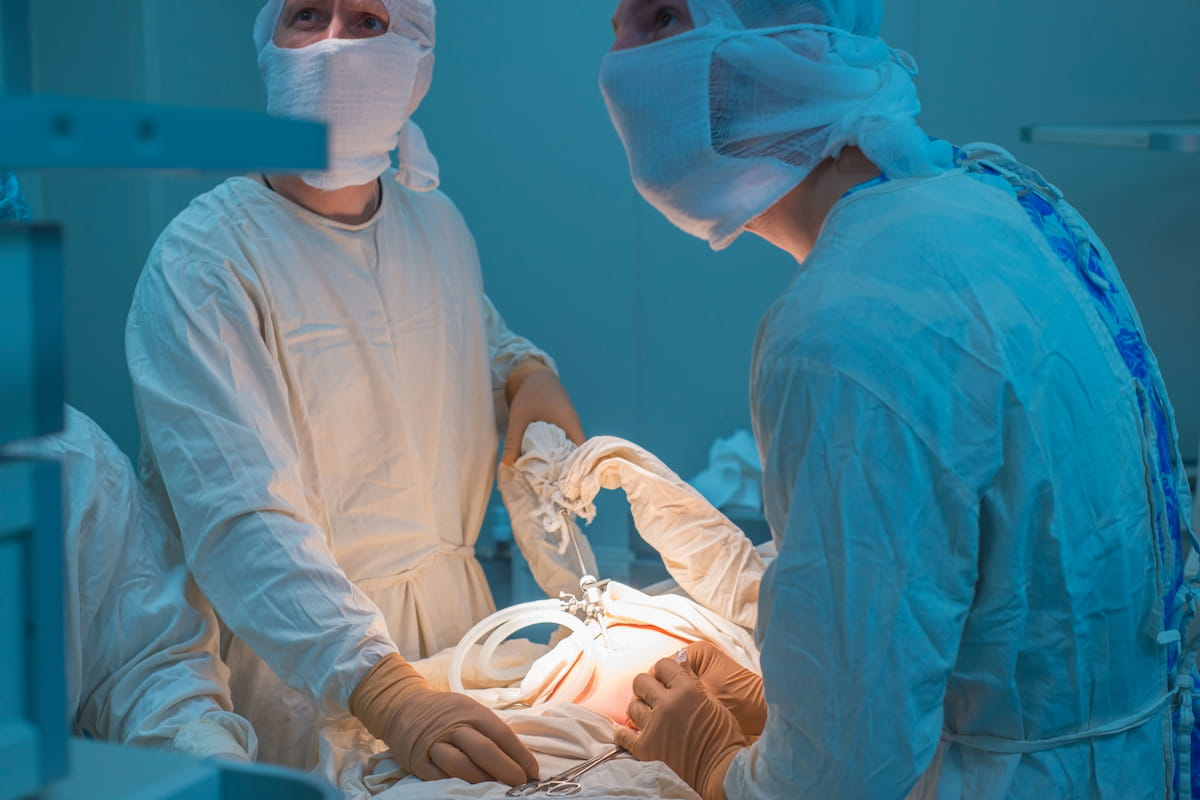
Gastric Bypass
In the UK, the most common gastric bypass surgery is a combination of restrictive and malabsorptive procedure procedures called Roux-en-Y (RYGB) which creates a two-way weight reducing effect.

